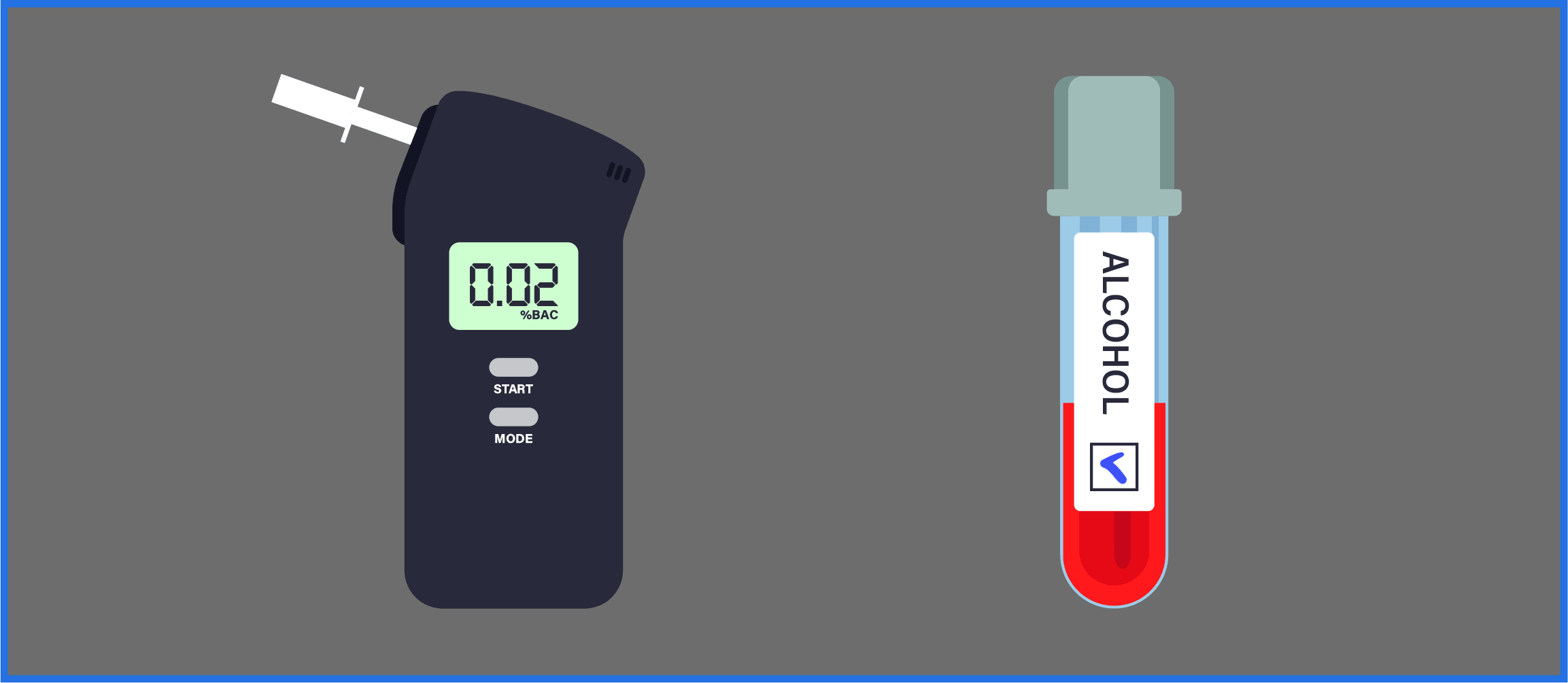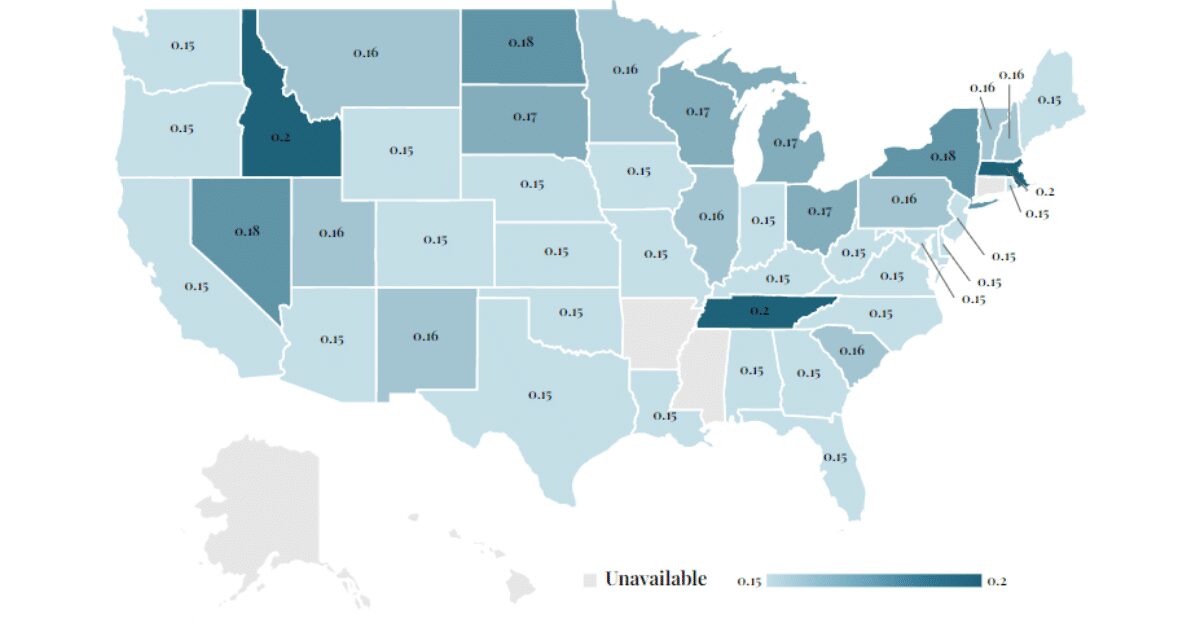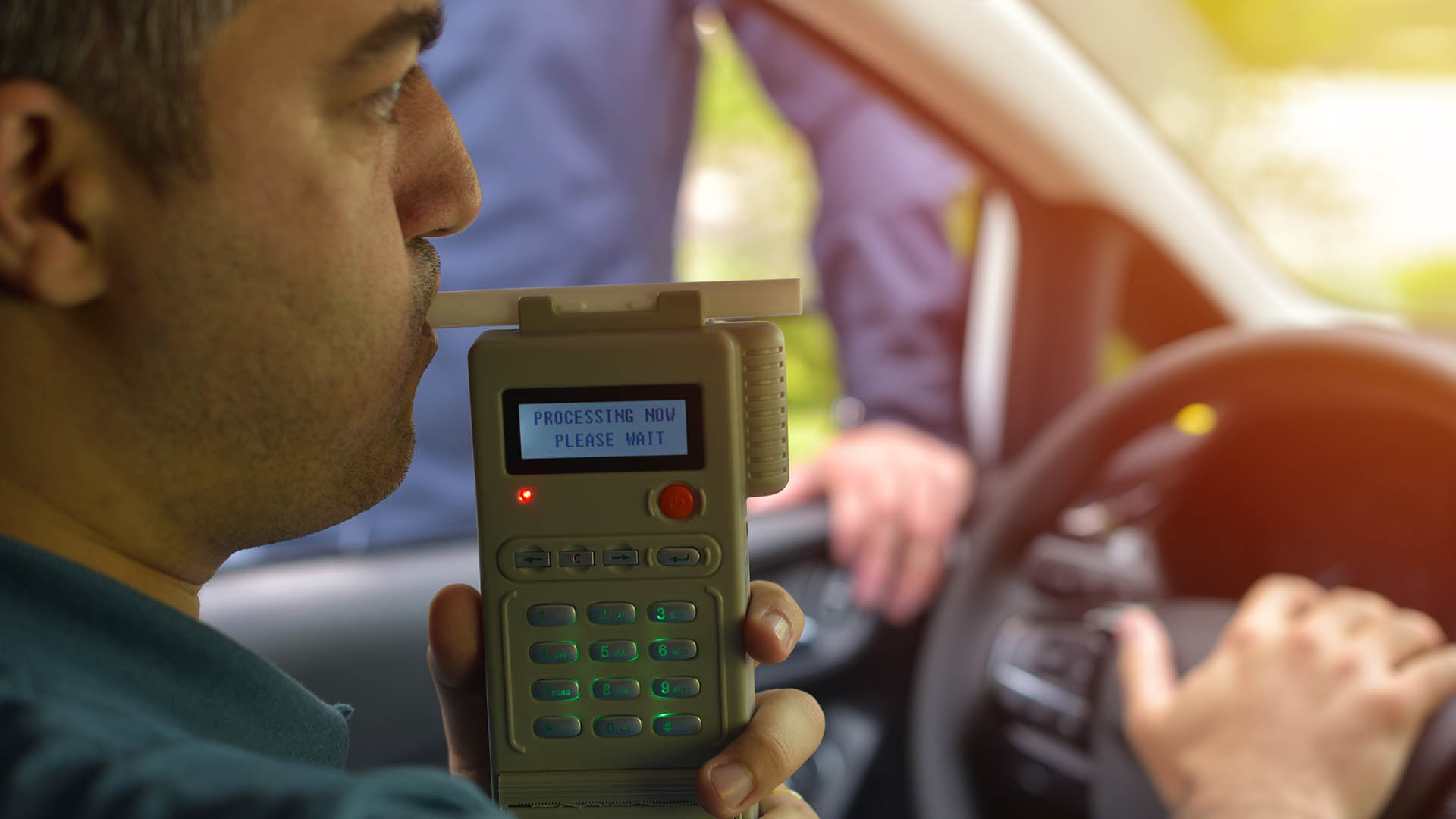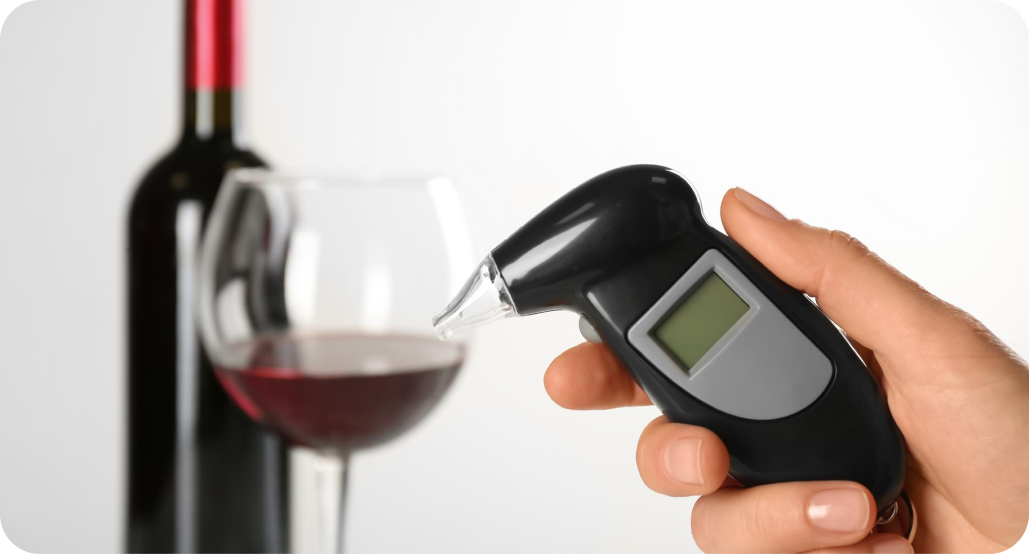In the intricate mosaic of American law, each state weaves its own thread of rules and regulations, creating a tapestry as diverse as the nation itself. Among these myriad statutes, the laws governing Blood Alcohol Content (BAC) stand out as particularly vital, directly impacting the safety and well-being of millions.
This comprehensive guide for 2024 delves into the BAC limits across the states, offering insights that are both enlightening and essential for anyone navigating the roads of the United States.
Understanding BAC

Blood Alcohol Content, or BAC, is a measurement used to determine the amount of alcohol in a person’s bloodstream, expressed as a percentage. This figure is crucial in the context of driving and public safety, as it is a scientifically validated indicator of impairment. The higher the BAC, the more impaired an individual is considered to be.
This impairment can manifest in reduced reaction times, impaired judgment, and decreased motor coordination, all of which significantly increase the risk of accidents on the road.
The establishment is a critical tool in the effort to enhance road safety. These limits are set based on extensive research into the effects of alcohol on the human body and its impact on driving abilities.
By enforcing these limits, states aim to reduce the number of alcohol-related accidents, injuries, and fatalities. The legal BAC limit for most drivers in the United States is 0.08%, but variations exist for commercial drivers and individuals under the age of 21.
BAC Limits Across the States

While the majority of states adhere to the 0.08% BAC limit for non-commercial drivers, there are nuances and exceptions that are important to understand. For commercial drivers, the standard is more stringent, typically set at 0.04% across the nation, reflecting the higher level of responsibility these drivers hold.
For drivers under 21, the majority of states enforce a “zero tolerance” policy, with BAC limits ranging from 0.00% to 0.02%, aiming to discourage underage drinking and driving.
Some states have implemented measures that go beyond the national norms, either by enacting lower BAC limits for certain categories of drivers or by implementing additional penalties for high-BAC offenses.
For example, Utah stands out for having lowered its BAC limit to 0.05% for all drivers, a move that has sparked both support and debate. These variances underscore the importance of being aware of the specific laws in each state, especially for drivers who frequently cross state lines.
The Implications of BAC Laws
The primary goal of BAC laws, including DWI law in Minnesota, is to enhance road safety by preventing alcohol-impaired driving. By setting legal limits and enforcing them through penalties ranging from fines and license suspension to imprisonment, states aim to deter individuals from driving under the influence.
These laws are supported by public safety campaigns and educational programs that highlight the dangers of drunk driving, contributing to a culture of responsibility and awareness.
Specifically, DWI law in Minnesota underscores the state’s commitment to this cause, illustrating a proactive approach to curbing the menace of impaired driving through stringent legal measures and community education.
Enhancements in BAC Testing Technology

The accuracy and reliability of Blood Alcohol Content testing have seen significant advancements over the years. Initially reliant on breathalyzers that could sometimes yield variable results, the field has moved towards more sophisticated technologies.
These include blood tests for precise measurements and advanced breathalyzers equipped with fuel cell technology, which offer a higher level of accuracy. Such advancements play a crucial role in law enforcement’s ability to enforce it effectively and fairly.
Innovations in technology are paving the way for real-time BAC monitoring solutions. Devices such as continuous alcohol monitors, worn on the ankle, can measure the alcohol content in perspiration, providing ongoing data on an individual’s BAC.
Additionally, developments in vehicle technology, including systems that prevent a car from starting if alcohol is detected in the driver’s system, hint at a future where impaired driving could be significantly curtailed. These technologies not only support law enforcement but also offer individuals tools to monitor their own alcohol consumption responsibly.
The Role of Education in Reducing DUI Incidents

Educational initiatives play a pivotal role in reducing incidents of driving under the influence (DUI). By informing the public about the dangers of drunk driving, the specifics of BAC limits, and the legal repercussions of DUI offenses, these programs aim to prevent alcohol-impaired driving from occurring in the first place.
Schools, community groups, and state agencies often collaborate on campaigns designed to make the risks of DUI clear to everyone, particularly targeting younger drivers who are at a higher risk of DUI offenses.
Evidence-based DUI prevention programs are key to changing behaviors related to drunk driving. These programs not only focus on the consequences of exceeding BAC limits but also promote alternative behaviors, such as using designated drivers or public transportation.
The most effective programs are those that engage communities, showing the collective benefit of reducing alcohol-impaired driving and creating environments where sober driving is the norm rather than the exception.
Legal Repercussions of Exceeding BAC Limits
The immediate legal consequences of being found over the legal BAC limit can be severe and vary from state to state. Common penalties include fines, license suspension, and possible incarceration.
For repeat offenders or those involved in accidents while DUI, the penalties increase significantly. These legal repercussions are designed to penalize dangerous behavior and deter individuals from making similar choices in the future.
State Initiatives to Support Offenders

Several states have implemented programs aimed at rehabilitating DUI offenders and educating them on the dangers of impaired driving. These programs often include mandatory alcohol education classes, assessment and treatment for substance abuse, and community service.
The goal is to address the root causes of the behavior, helping offenders to understand the impact of their actions and encouraging them to make safer choices in the future.
Conclusion
Navigating the state-specific landscape in 2024 requires awareness and responsibility. While the overarching goal of these laws is uniform—to ensure the safety of all road users—the specifics can vary significantly.
By understanding the science behind BAC, the rationale for these laws, and the penalties for non-compliance, drivers can make informed decisions that protect themselves and others on the road. In a country as vast and varied as the United States, knowledge of these differences is not just a legal obligation but a cornerstone of safe and responsible driving.














